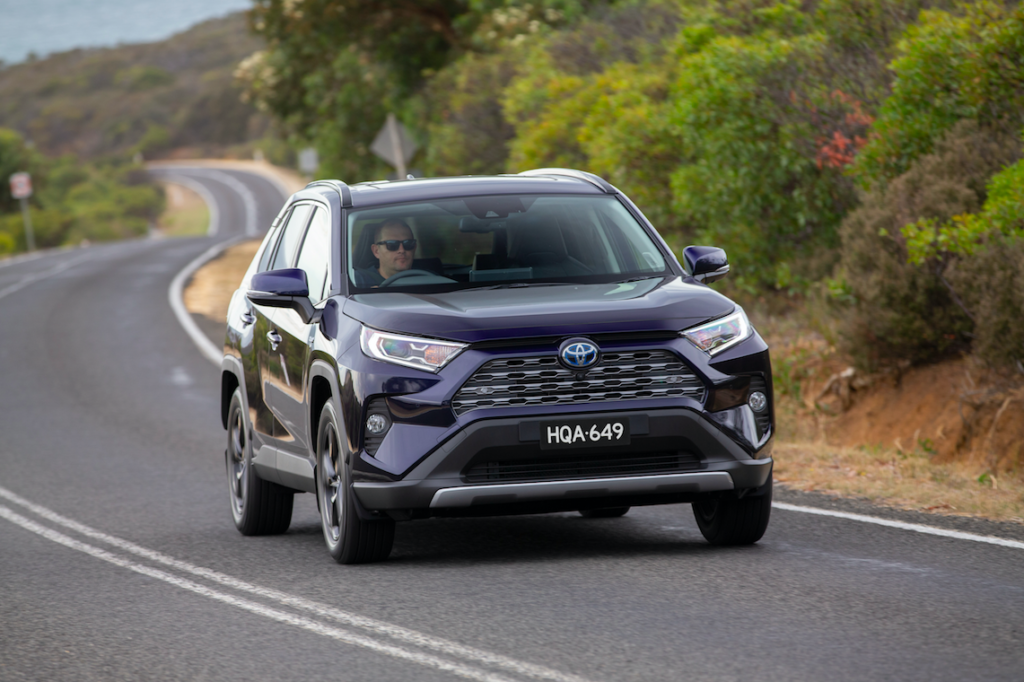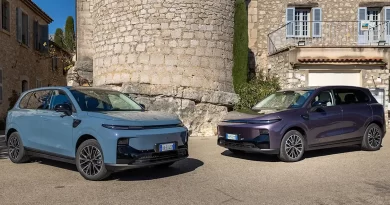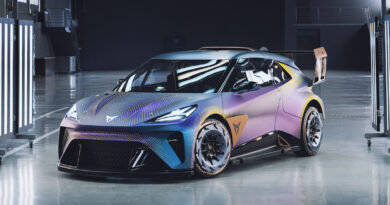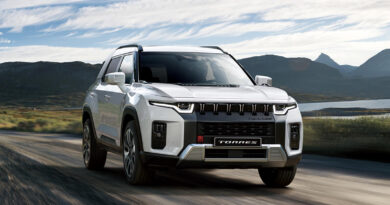Wrong! Coalition’s decision to axe NVES penalties is based on outdated research
The justification used by the federal opposition to axe penalties for excessive new vehicle CO2 emissions if elected to government has been found to be based on outdated research.
Despite the opposition’s scare campaign the Toyota RAV4 is not about to shoot up in price by $9700 – at least not as a result of the New Vehicle Efficiency Standard (NVES) that starts measuring CO2 emissions on July 1, 2025.
At the heart of the Opposition claims regarding the potential costs of the NVES is a car that is no longer for sale.
READ MORE: Rejected! EV makers Tesla and Polestar lash reported Coalition plan to wind back Australia’s CO2 reduction scheme
READ MORE: EV prices could be chopped because of NVES CO2 reduction scheme
READ MORE: NVES Strikes! Ford Everest and Isuzu MU-X diesel SUVs are culled to avoid CO2 emissions fines
READ MORE: Danger signs! Latest research shows top ICE brands including Toyota, Ford and Nissan struggling to hit new Aussie CO2 limits
READ MORE: Toyota a winner as CO2 reduction plan introduced to parliament with less pressure on SUVs and utes
The claim that a humble RAV4 would cost $9700 more was based on early 2024 modelling based on vehicles on sale in 2023.
The car the alarming $9700 forecast price increase claim is based on – a non-hybrid RAV4 with a 2.5-litre engine – was discontinued last year.
The Coalition can’t claim the decision to axe the slow selling RAV4 variant was a result of tightening emissions standards; Toyota decided that model was being discontinued well before the Government announced the NVES.
Questionable claim
The Coalition’s announcement about axing NVES penalties and its claims about radically increasing car prices were made in a press release earlier this month (April).
The $9700 claim looked questionable, especially as Toyota now only sells hybrid versions of the RAV4.
The calculations used by the Coalition were sourced from an industry analysis prepared by the Federal Chamber of Automotive industries (FCAI), the peak body of the automotive industry that has been lobbying aganst the NVES penalty structure.
In response to EV Central questioning, the FCAI confirmed the Coalition claims related to a car no longer on sale.
It pointed out that the modelling used by the Coalition to claim big price rises in 2029 – a date it omitted from the press release – was done in early 2024 and based on cars sold in 2023.
”The reference regarding RAV4 refers to the highest emitting RAV4 sold in 2025,” said Peter Griffin, FCAI Director – State & Territory Advocacy and Communications.

”The model is no longer for sale.”
In fact Toyota discontinued that particular model in 2024.
When contacted by EV Central, the Opposition did not back down from its previous claims.
In a statement the Shadow Minister for Infrastructure, Transport and Regional Development, Bridget McKenzie, said: “The Coalition is confident in the data showing the cost of Labor’s family car and ute tax by 2029 would be up to $9700 for a RAV4 or $14,400 for a Ford Ranger based on current models”.
What’s the truth?
There’s an obvious question here: why hasn’t anyone who knows the truth corrected the false claims by the Coalition?
It clearly suits opponents of the NVES for Aussies to think the NVES will cost them thousands.
Along with other car makers, both Toyota and the FCAI have campaigned against the swift introduction of stiff CO2 penalties.
Potentially higher prices for popular models such as the Toyota LandCruiser, HiLux and RAV4 will resonate in the electorate.
But the NVES is more nuanced than how it’s being presented by the Coalition, as Toyota has pointed out on numerous occasions.
Just because a car breaches an NVES CO2 limit doesn’t mean it will be more expensive.
The NVES allows car makers to offset thirstier cars with more efficient ones such as EVs.
It means someone who needs a diesel-powered LandCruiser can still buy one without any penalty provided Toyota sells enough EVs or fuel-sipping hybrids to offset them.
Unsurprisingly that’s exactly what Toyota is doing – and it was heading down that path well before the announcement of fuel efficiency standards.
That said, the incentive to sell more zero emissions vehicles has intensified, as Toyota pointed out in comments to media earlier this year.
But the company is working towards avoiding penalties altogether – torpedoing those Opposition claims.
”What we will be trying to do is offset any penalties we get with EVs, hybrids and any other technologies we have on the horizon,” said Sean Hanley, Toyota Australia vice president of sales, marketing and franchise operations.

He also made the point that intensifying competition – much of it from China – could rule out price rises if brands wanted to maintain their market share.
”The market is so competitive that you may not be able to do that (increase prices). You never rule that prices may need to rise at some point, but that would be a last resort.”
While the NVES starts measuring CO2 emissions for all new models imported into Australia from July 1, penalties won’t be issued or payable until 2028.
Voting in the federal election concludes on May 3.




